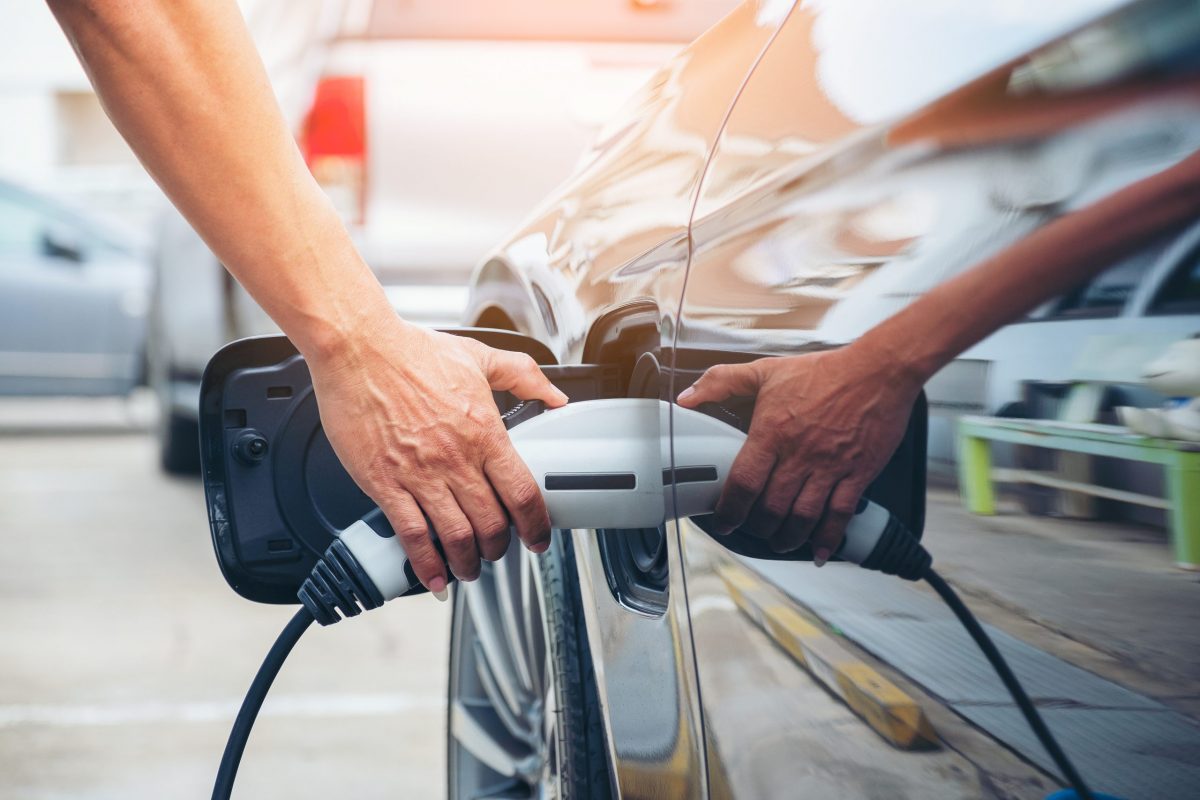In order to optimise the performance of battery electric vehicles (BEVs) and plug-in hybrid electric vehicles (PHEVs) without a spike in cost, a highly integrated e-axle is deemed vital. With additional benefits in terms of packaging and weight, the e-axle is expected to become a staple of the electrified powertrain.
The requirements of PHEV and BEV technology vary, but the basic principles remain the same – both can be operated purely via electrical propulsion. Recharging time must be kept to a minimum, range must be maximised, and cost must be acceptable – both for the manufacturer and the consumer. Ensuring that all the necessary elements of an e-drive system are optimised and closely integrated means that all of these factors can be better accommodated.
In practice, a highly integrated e-axle combines several elements. The e-machine and power inverter – which provides the e-machine with power – along with the transmission, are contained in a single package. Its integration within a vehicle platform is therefore greatly simplified, even if the overall system is comparatively complex. “The aim is to have something highly efficient, and highly integrated,” affirmed Frederik Haag, Head of Segment e-mobility at AVL, during a recent Automotive World webinar.
A transmission may seem a strange inclusion for a BEV, which may not have any gears, so to speak. However, it is a necessary element in order to regulate the high-speed e-motor within the drivetrain, which spins far quicker than the wheels. Without a transmission, the vehicle would not be able to function properly.
Plug and play
E-axles can also be integrated into existing platforms as part of a ‘plug and play’ approach, but developing a completely new platform from scratch is the preferred tactic, advised Haag. “Having said that, we do see a lot of platforms on the market today that are able to integrate a whole family of different powertrains,” he said.
Full integration of the e-axle does come with a number of challenges, noted Thomas Frey, Head of Product Line E-Drive/Innovation Management at AVL. “With regard to maintenance and capability to repair, the accessibility to certain components inside the e-axle is more difficult,” he explained. “Another challenge can be seen on the manufacturing line, because with a fully integrated e-axle, you effectively bring together the electrical and mechanical elements in the same line.”
When it comes to repairability, Frey suggested that the unit could simply be ‘exchanged’ and swapped out in the case of a failure. “This would be relatively easy,” he noted. When electric vehicles become truly mainstream, both experts believe that a typical workshop could carry out this process, although any repairs to the e-axle would likely have to be carried out by a specialist.
Catering to the masses
Looking ahead, highly integrated e-axles could help to simplify the development of electrified powertrains, not only for dedicated EV and PHEV platforms, but also across existing platforms as a retrofit solution.
AVL is confident that the integrated e-axle will also find a place in both passenger car and commercial vehicle applications, and could prove to be a game-changing approach for manufacturers. Suppliers such as Bosch, GKN and Magna have already developed e-axle solutions to meet growing demand for the technology.
“The beauty of this integrated system is that there are various degrees of freedom,” concluded Frey. “There is a clear market trend to bring these components together, because from a manufacturing perspective it brings many advantages.”



